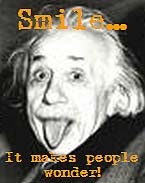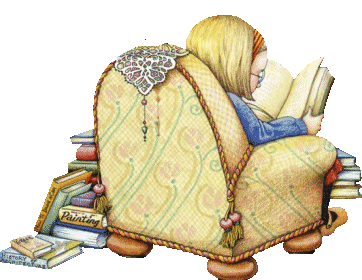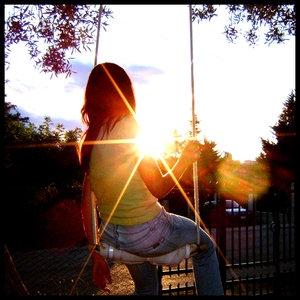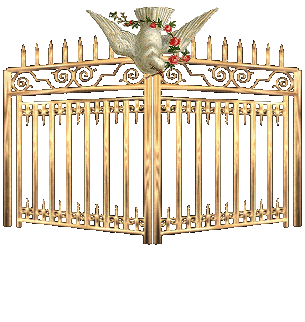First thing first: Differentiate the 2 types of LENSES and 2 tyese of MIRRORS(exlusive of PLANE mirror), and the type of images: REAL(can be caught on screen, size of image smaller and INVERTED eg. image fall on camera flilm) and VIRTUAL(image BIGGER and NOT INVERTTED--eg. MANIFYING GLASS), whether it is REFRACTIion or REFLECTION .Every lense has a focal lense, and their uses in every day life(eg.cameras,projectors,microscopes and telescopes,they use different types of lenses in certain fix combination). Always learn the relevent law or definition in physic, check and understand every element in the definition/law; then look for experiment ,application and do some exercises to make sure you can do in examinatuion. This is the proper way of learning science and any study! Always start with the basic though sometime may appear childish but it is fundamentally importance for further advancement in any study. Even though you could be very well versed in the topic(even as a PROFESSOR), ponder over it how could it be relatated to other topics or other subjects .Wish you the best in study in my blogS(I myself is doing the studying by learning more and more indept from each topic in ALL my blogs). Oh yes, please bookmark and share with your friends,teachers,and parents I would be very happy if you learn something in my blogs, this is my ONLY OBJECTIVE for "WASTING MY RESOURSES" here, afterall what can I get from anyone reading it/them!
Concave and Convex lens 凹透鏡與凸透鏡物理實驗趣味短片 光學 Optics
Concave and Convex mirror 凹鏡與凸鏡物理實驗趣味短片 光學 Optics
Optics - difraction and reflectionThis is an example (using optics) showing with ray traces what happens when energy (acoustic for example) reaches an interface. This is one of the most important principles of Seismic method .
Concave and Convex mirrors
Mirage maker - concave mirrors
PARABOLIC MIRROR PARABOLOID CONCAVE SOLAR CONCENTRATORThis is an acrylic mirror I helped design and I am trying to get more. They are fantastic and this parabolic mirror boils 12 oz of water in 90 seconds.
http://www.greenpowerscienc...
Law of Reflection
Laws of reflection
Reflection in a plane miror (1)easy way (an exam cheat) to construct a ray diagram for reflection in a plane mirror. When you have viewed it look at the second video - it shows you how to construct a more complicated image.
Reflection in a plane mirror (2)This vidclip shows how to construct a ray diagram that illustrates that the virtual image formed in a plane mirror is erect, the same size as the image and laterally inverted - you need to view video 1 in this series in order to construct the image quickly - it tells you how to cheat!
Refraction of Light
Physics with Mr. Noon: Refraction Simulation
This activity uses interactive computer simulations to help demonstrate the reflection and refraction of light. You can find this activity and more like it at www.sciencewithmrnoon.com
LMT Physics 1 - Refraction Lab
How a Rainbow WorksRainbows are pretty, but are they things? This video clarifies all. Made with QlipBoard, free from http://www.qlipmedia.com/
Focal Length Lab
The Focal Length of a Concave MirrorWe found an approximate value for the focal length of a concave mirror. Then we used a raybox, cross hairs and screen to get a more precise value.
How to Figure Friggin Focal Length and f Stop Thingies
Many Physic Principles Well Illustrated By These Experiment Designs.
A very scientific design using physic principles to illustrate potential energy, kinetic energy, lever system,electronic gadzet and etc--to produce work output. it may seem a bit absurd ,might be using a bit camera trick to cover up the effiency of the machine system. Nevertheless it is very excellent and unique, seemingly real and workable by established principles in physics Dont' miss. Check-In ==>XXXXX . Remember to come back here to the blog.
Dont' miss. Check-In ==>XXXXX . Remember to come back here to the blog.
 Dont' miss. Check-In ==>XXXXX . Remember to come back here to the blog.
Dont' miss. Check-In ==>XXXXX . Remember to come back here to the blog.
Subscribe to:
Post Comments (Atom)










No comments:
Post a Comment